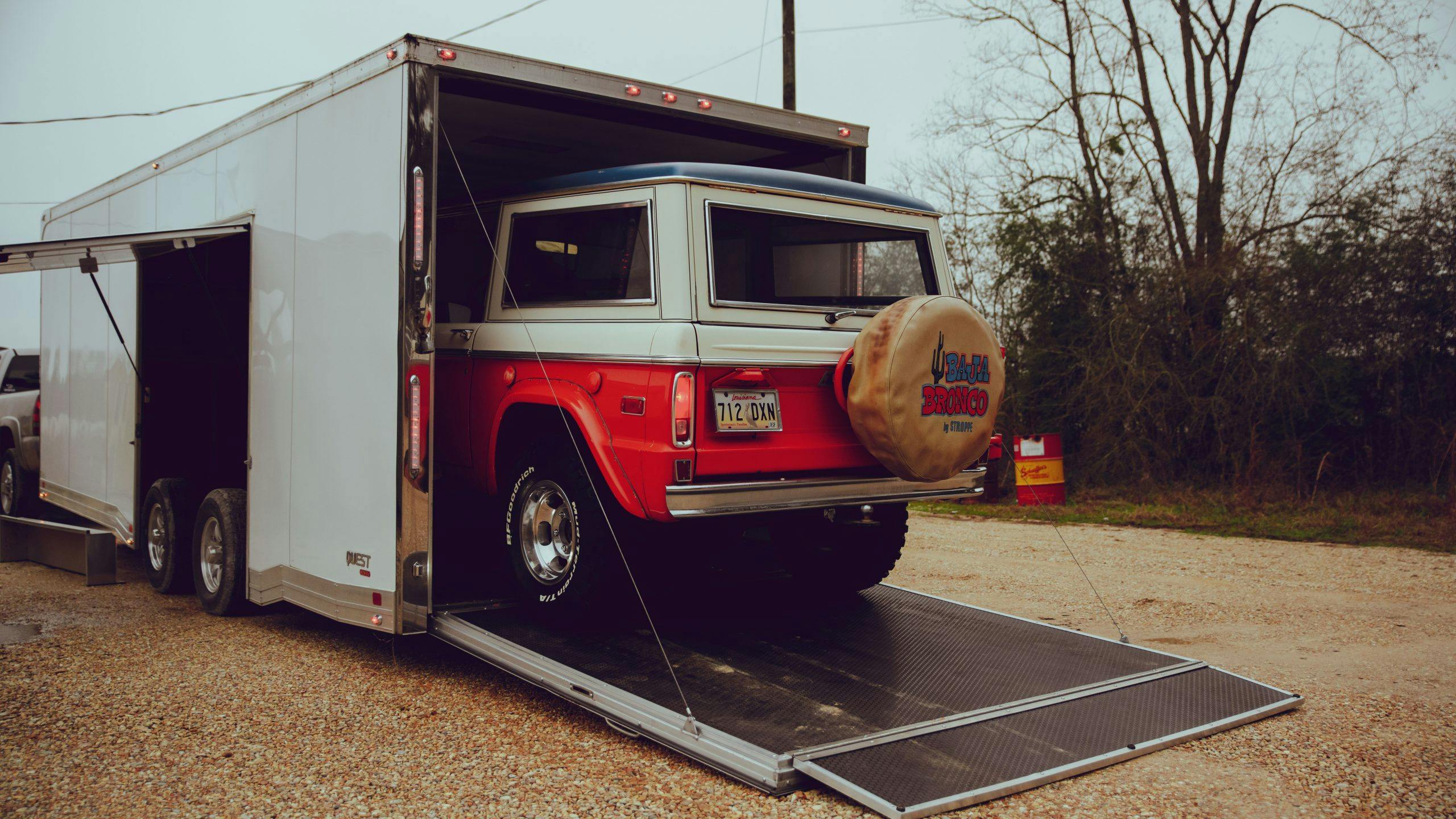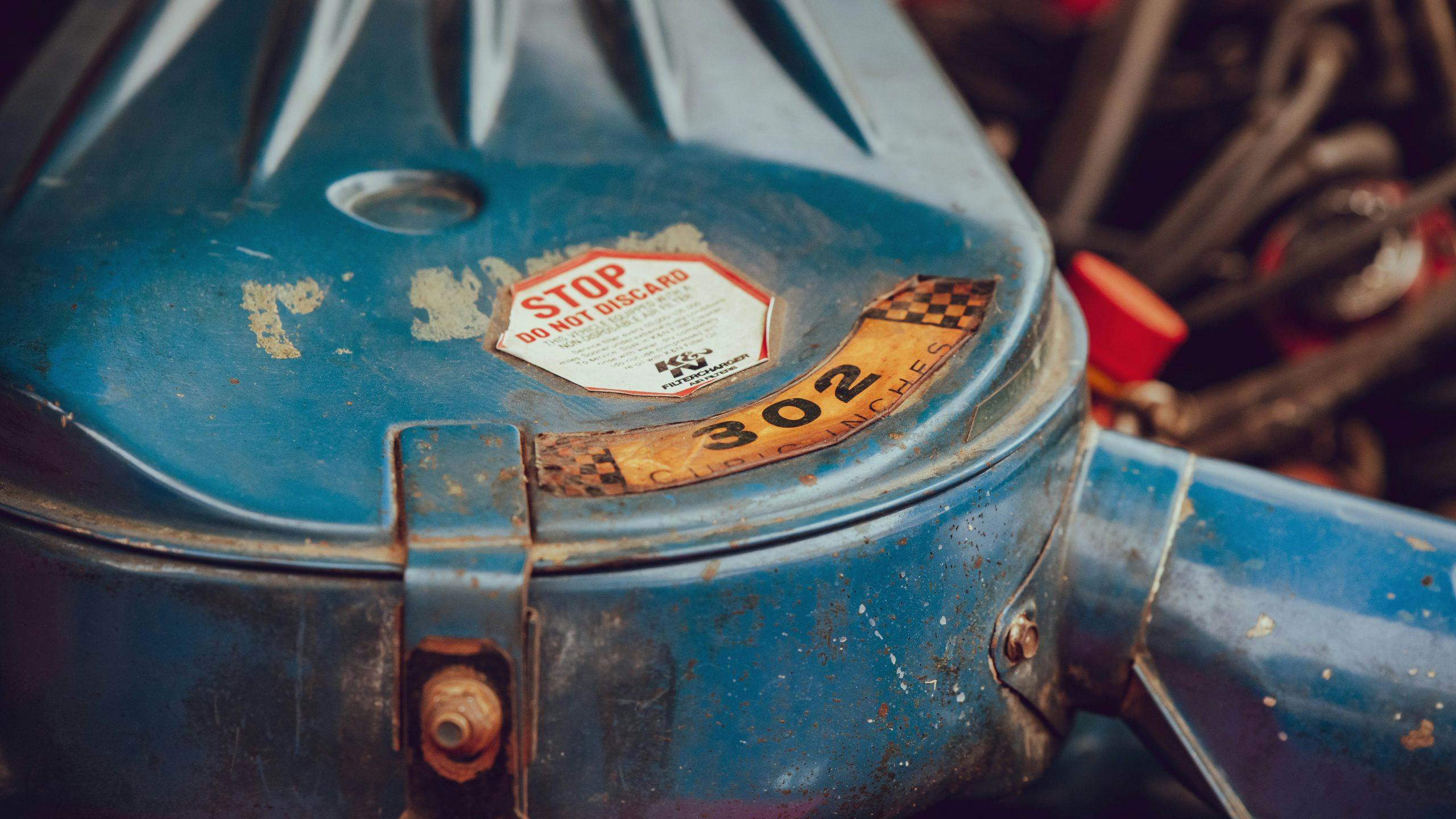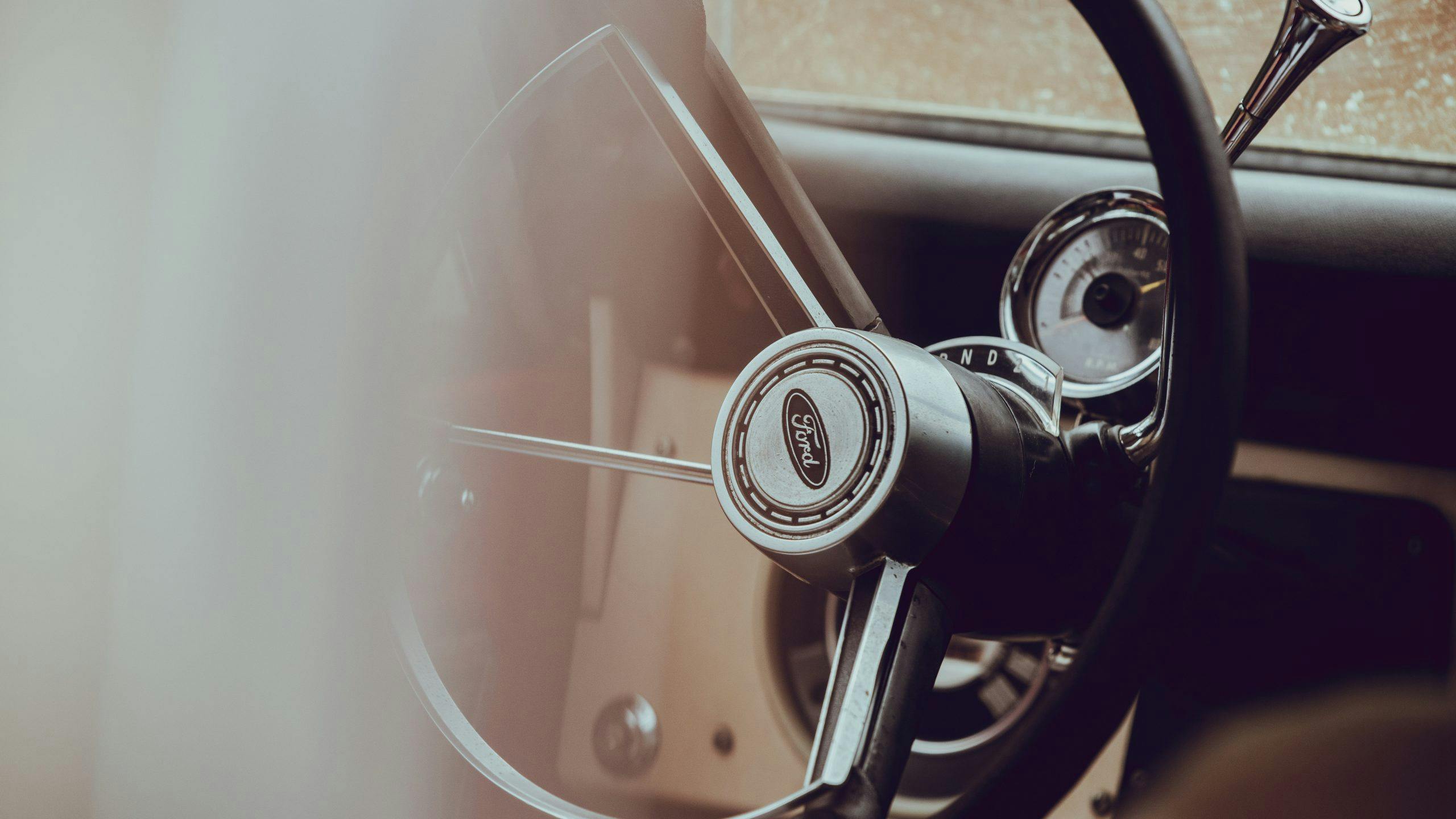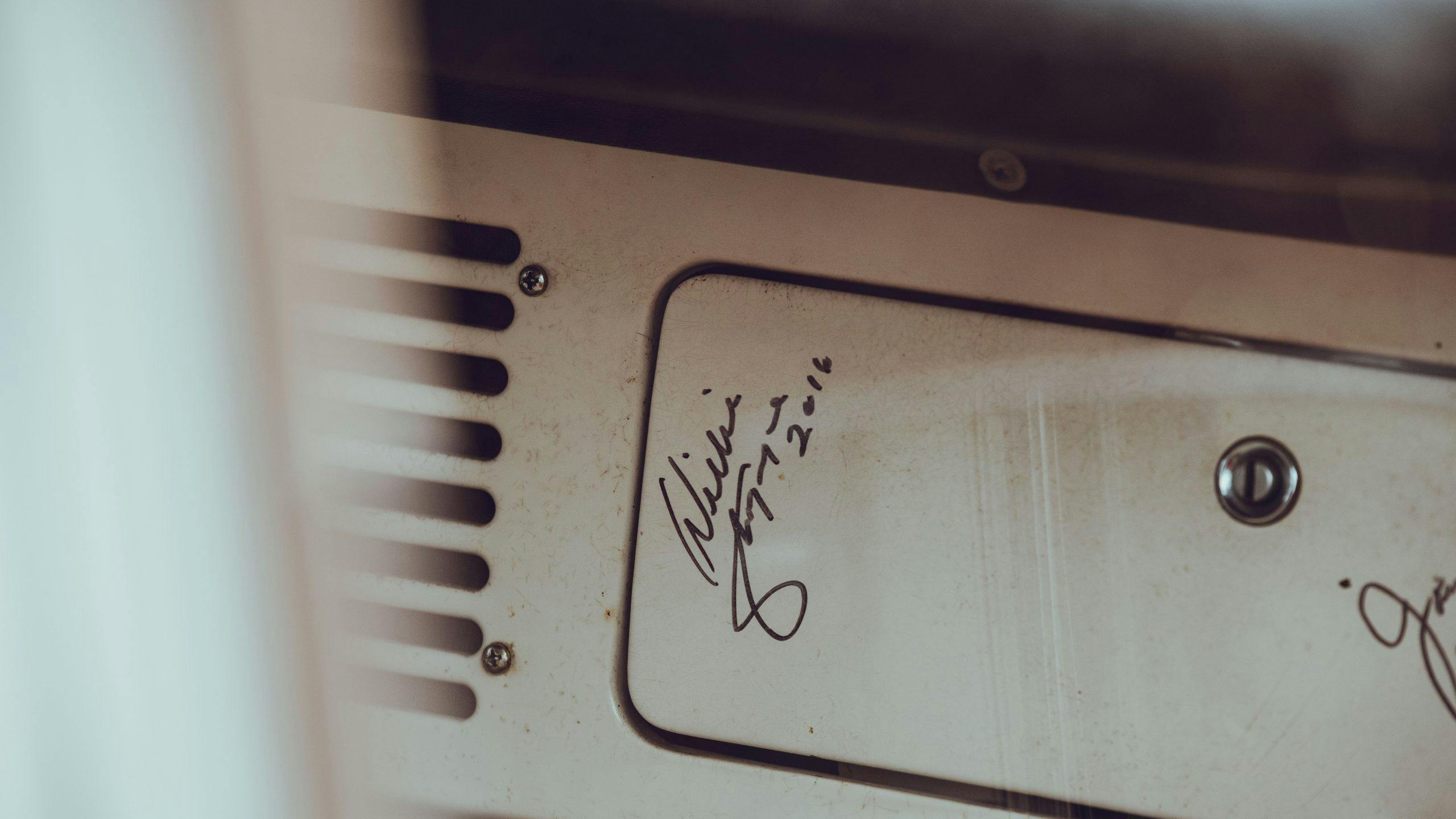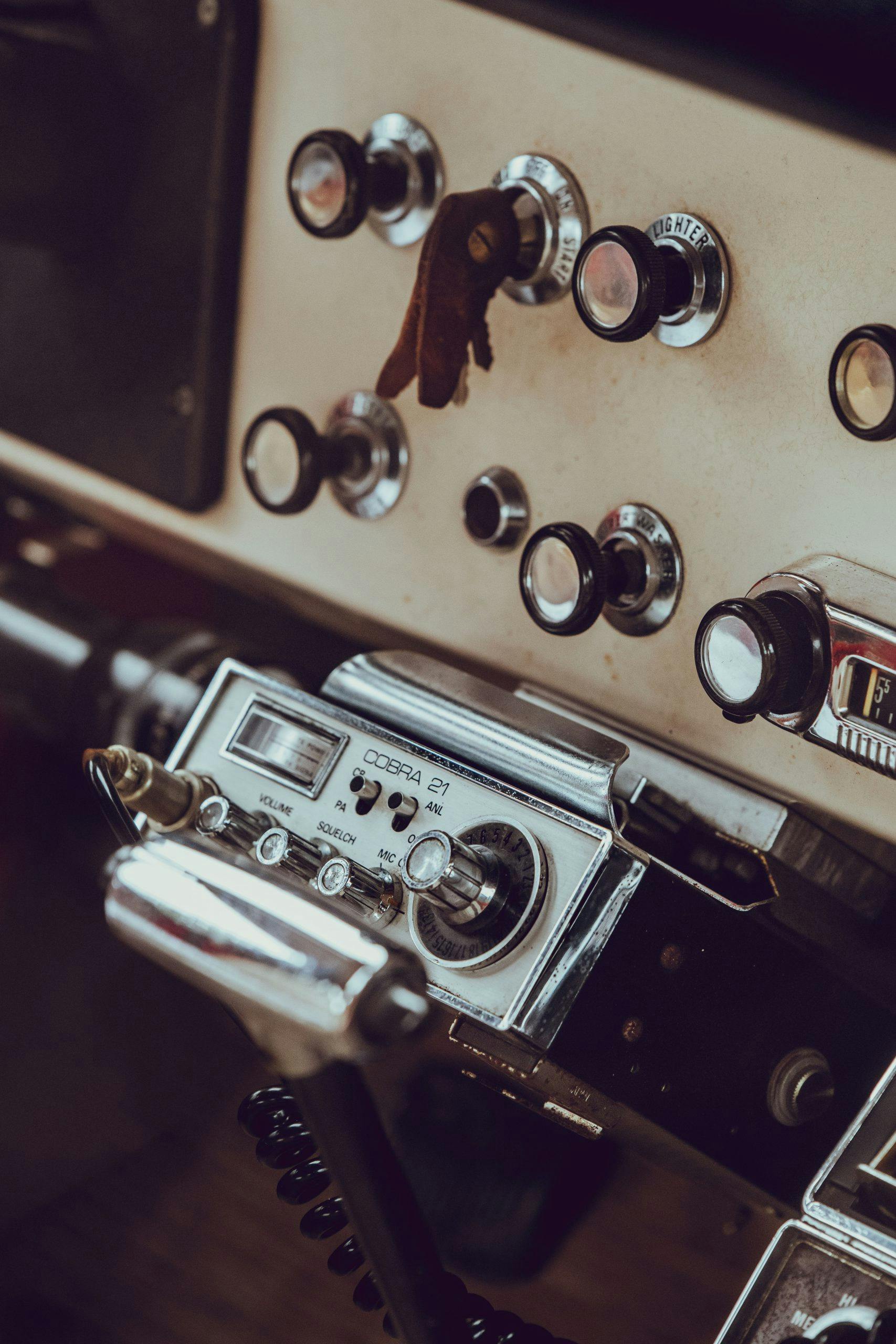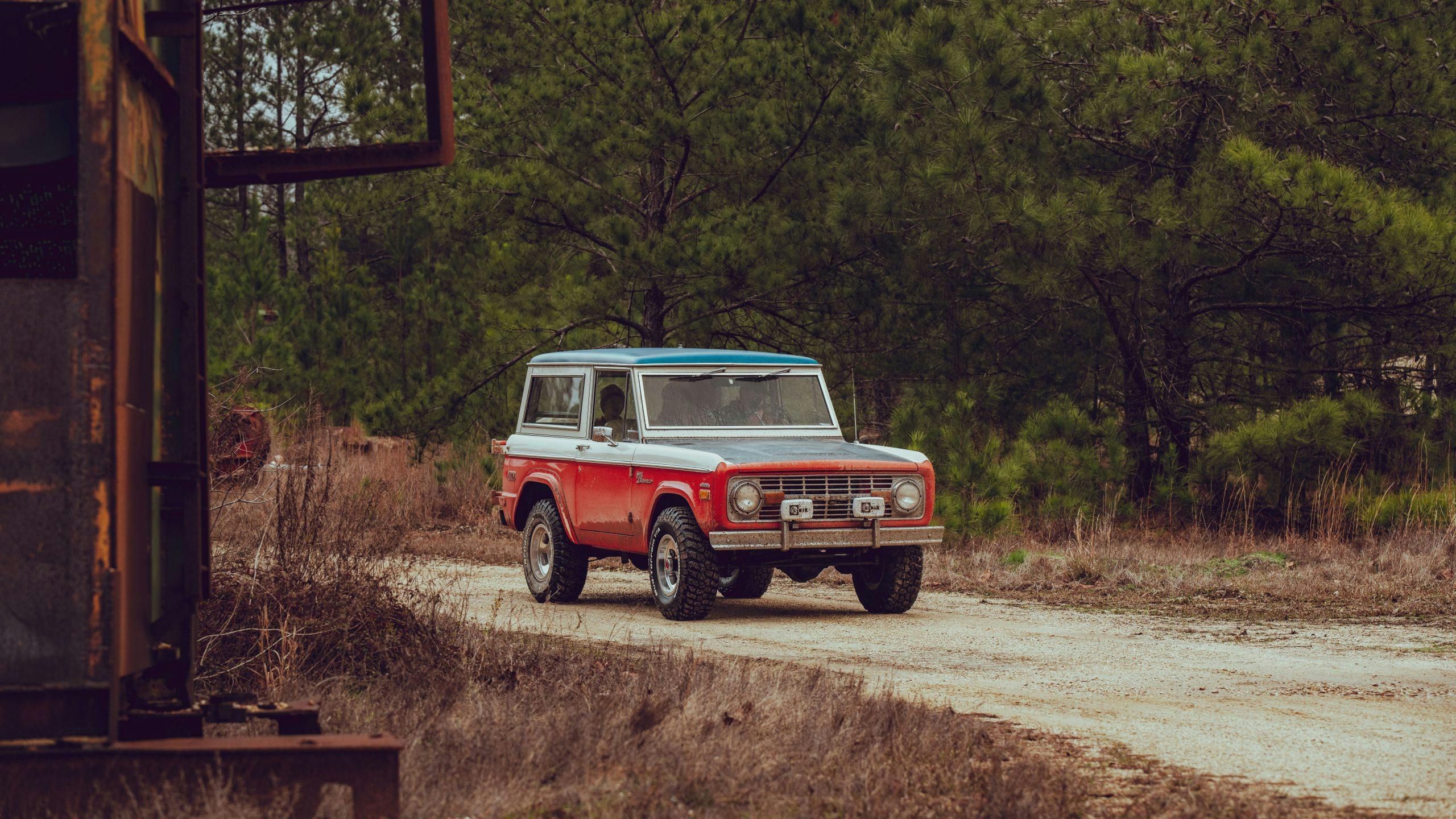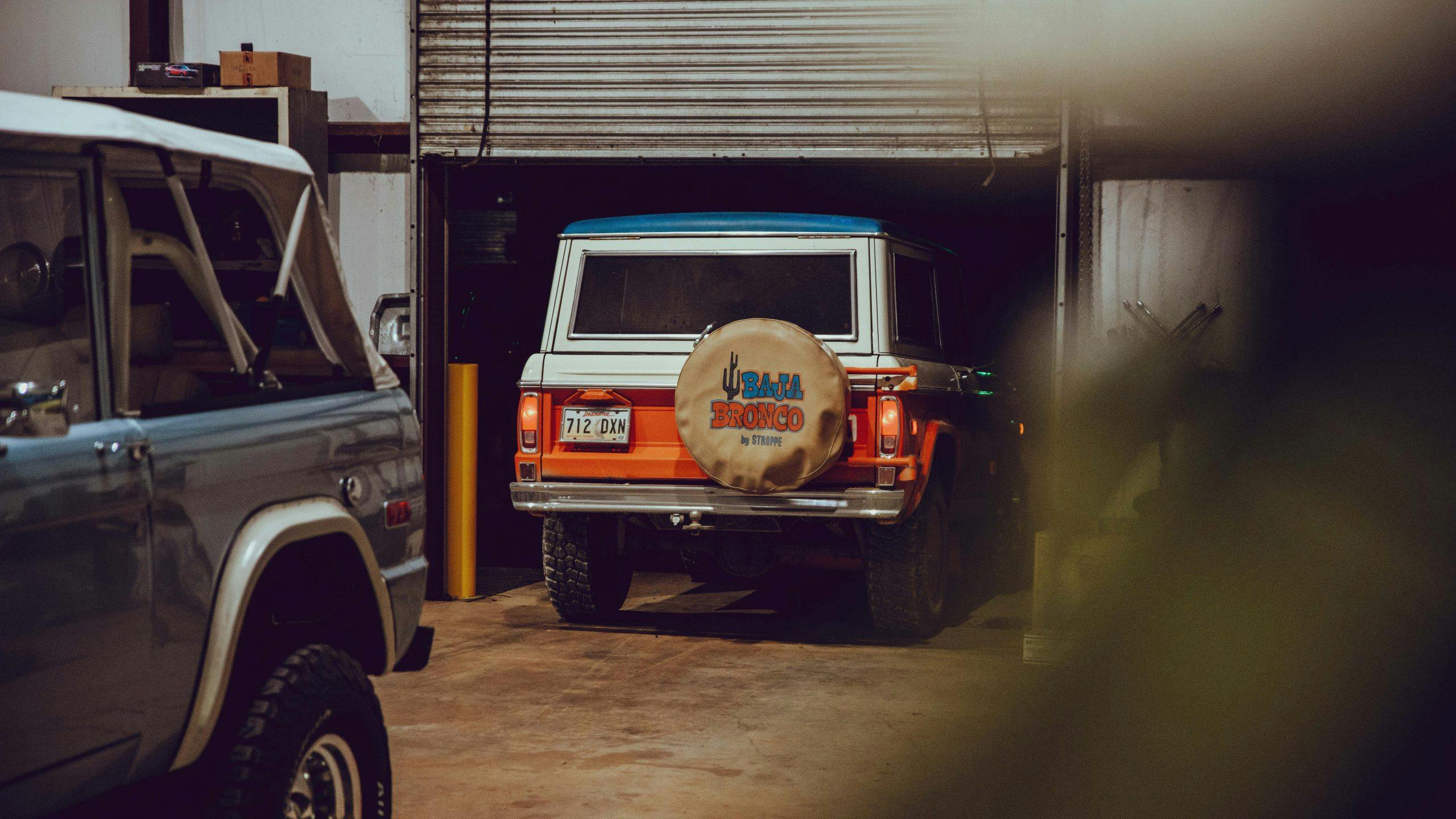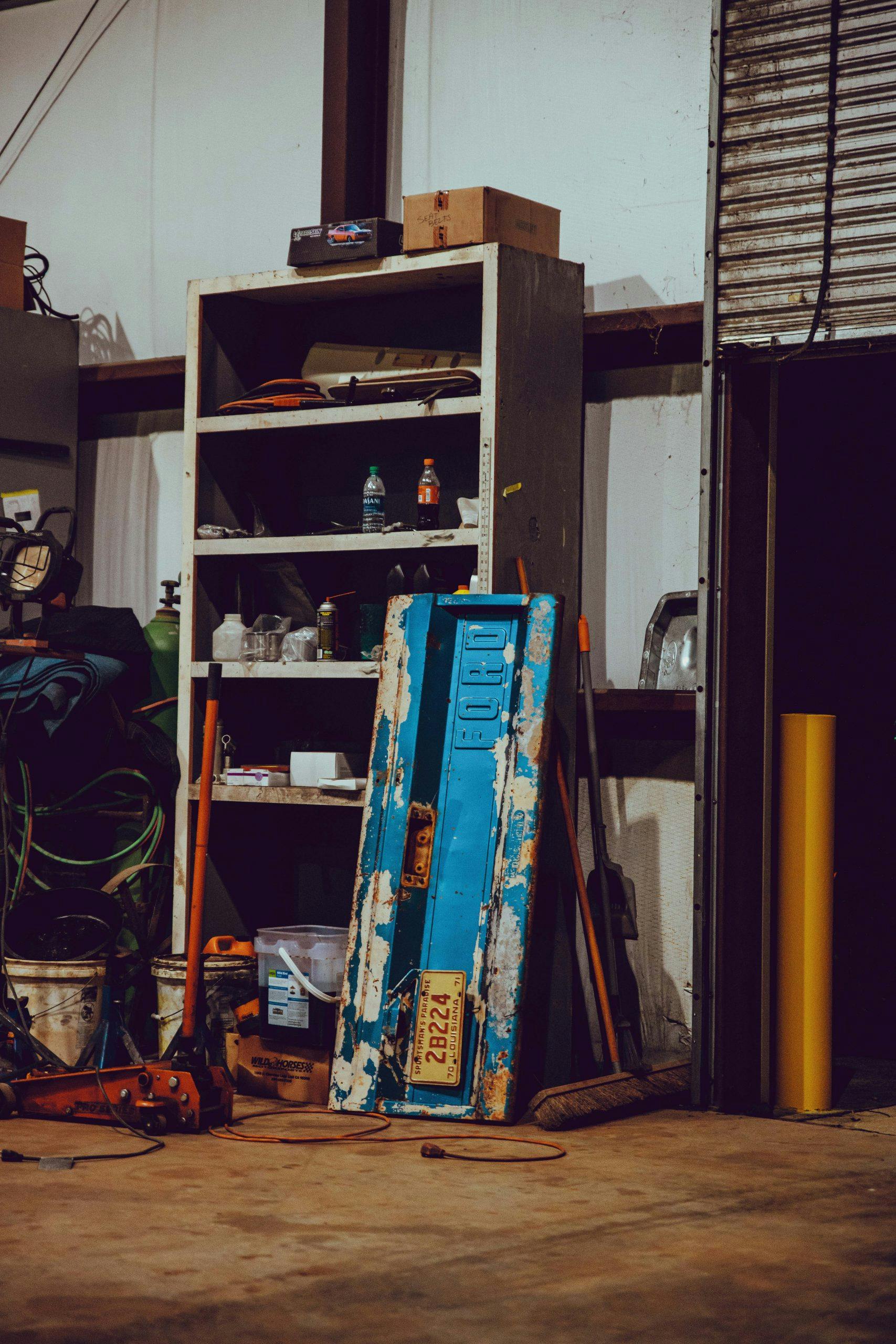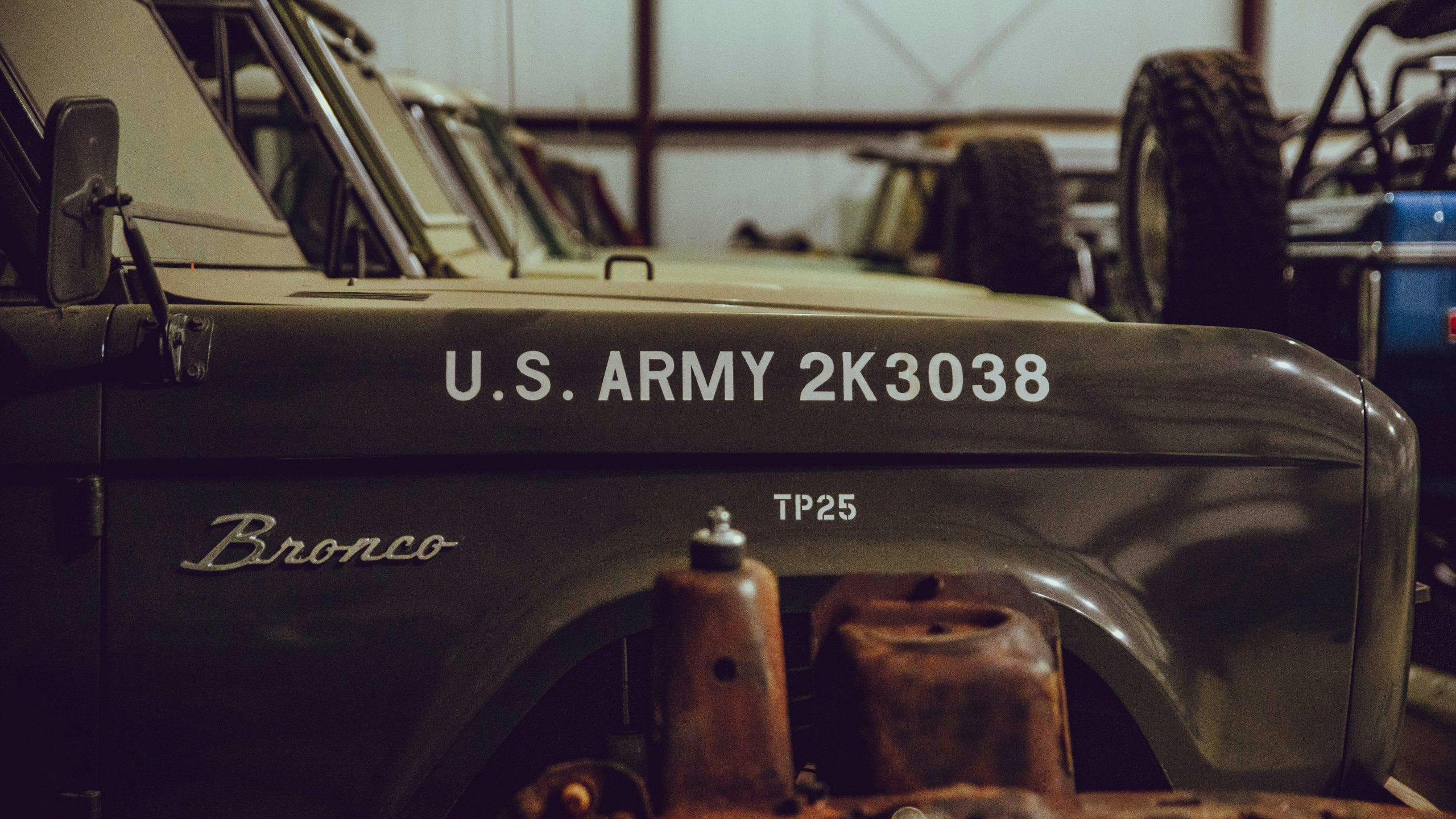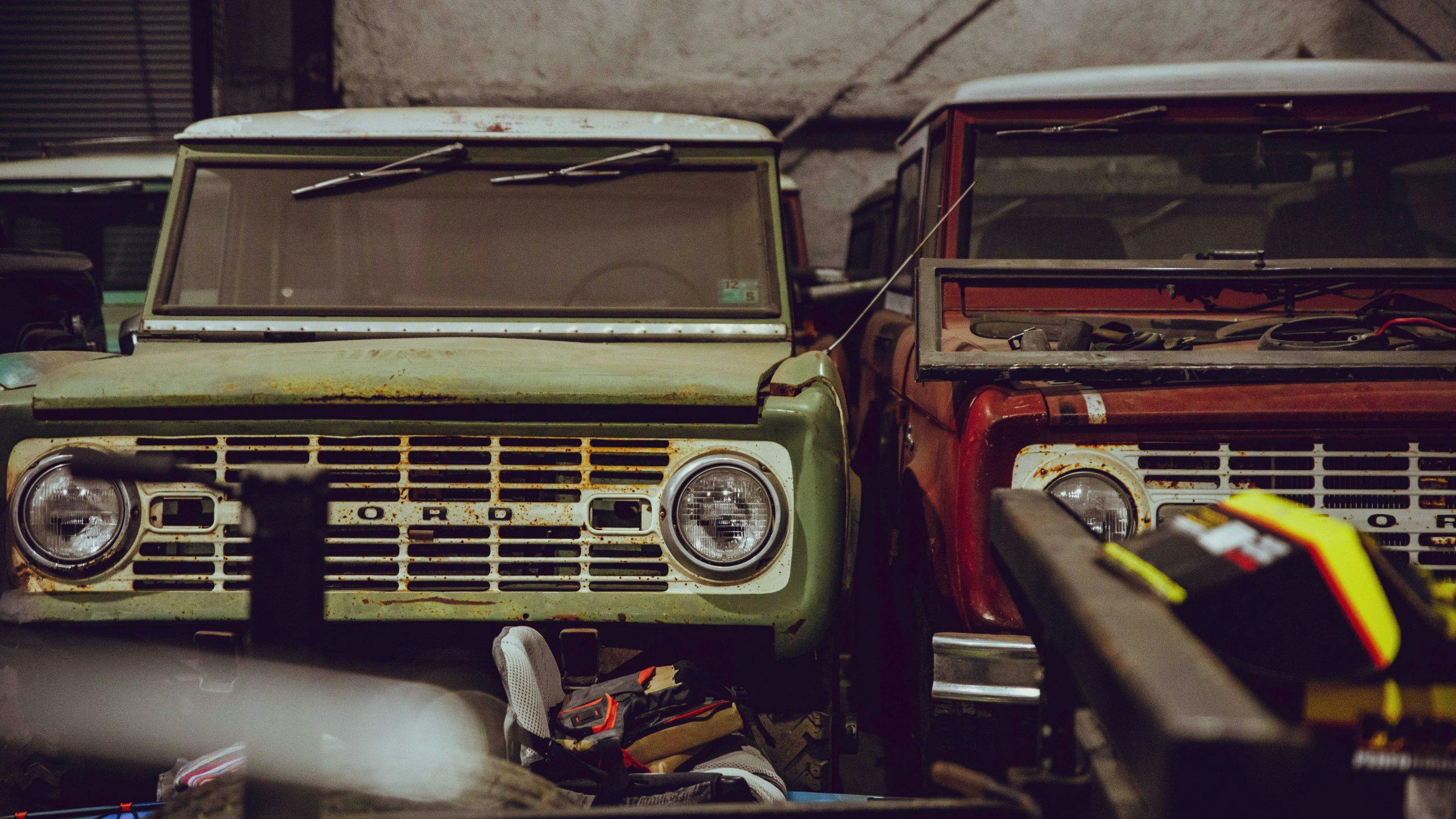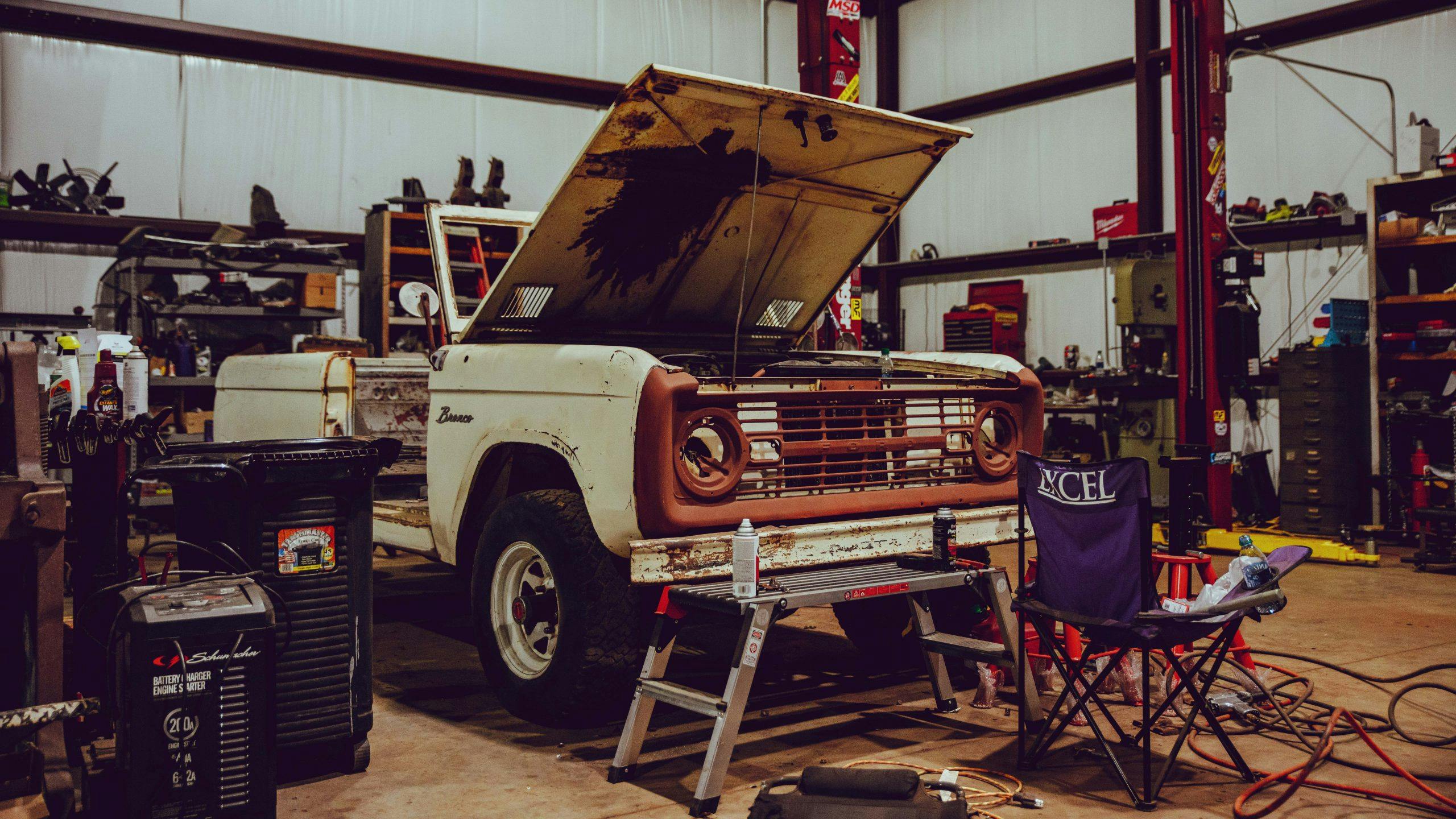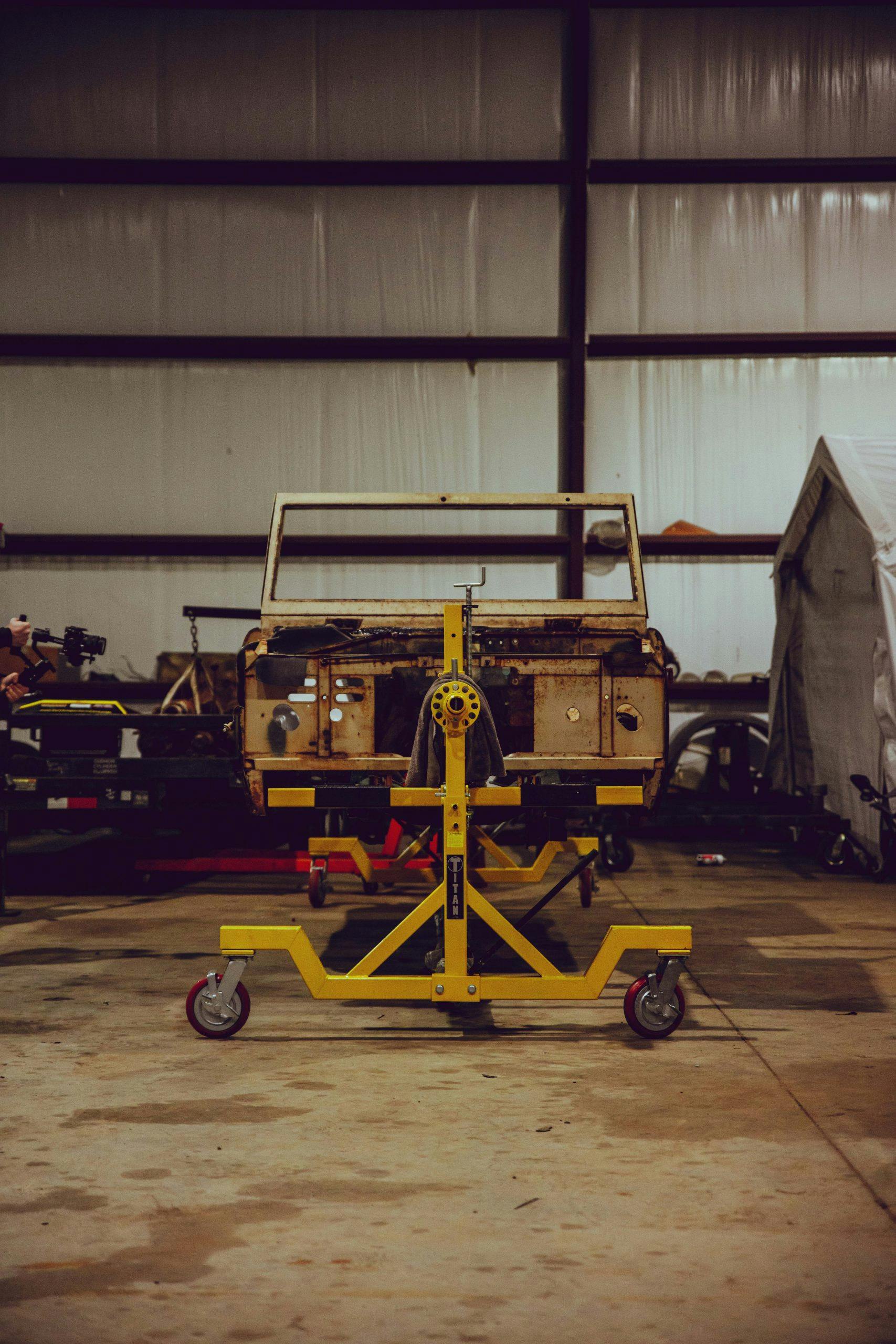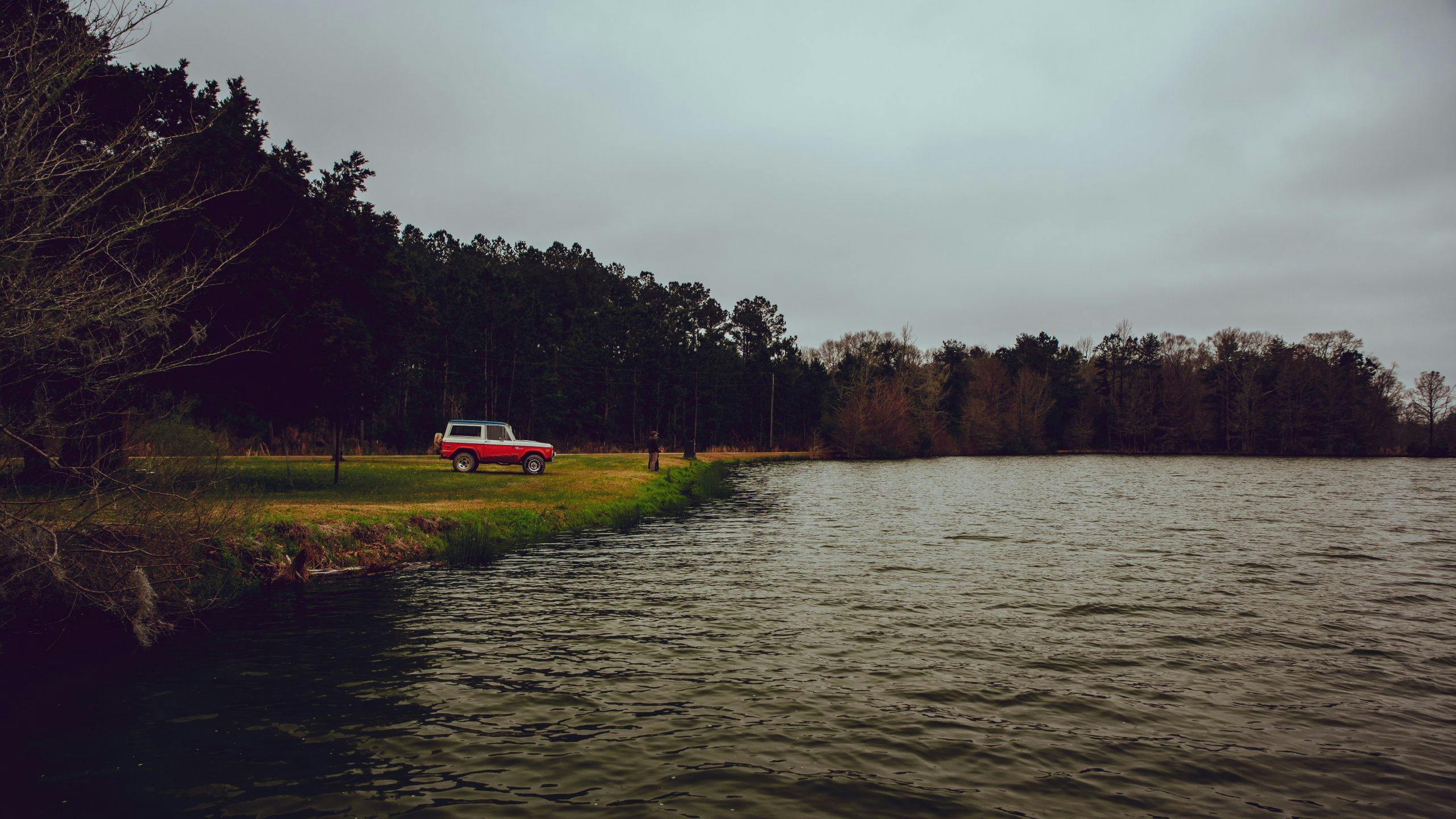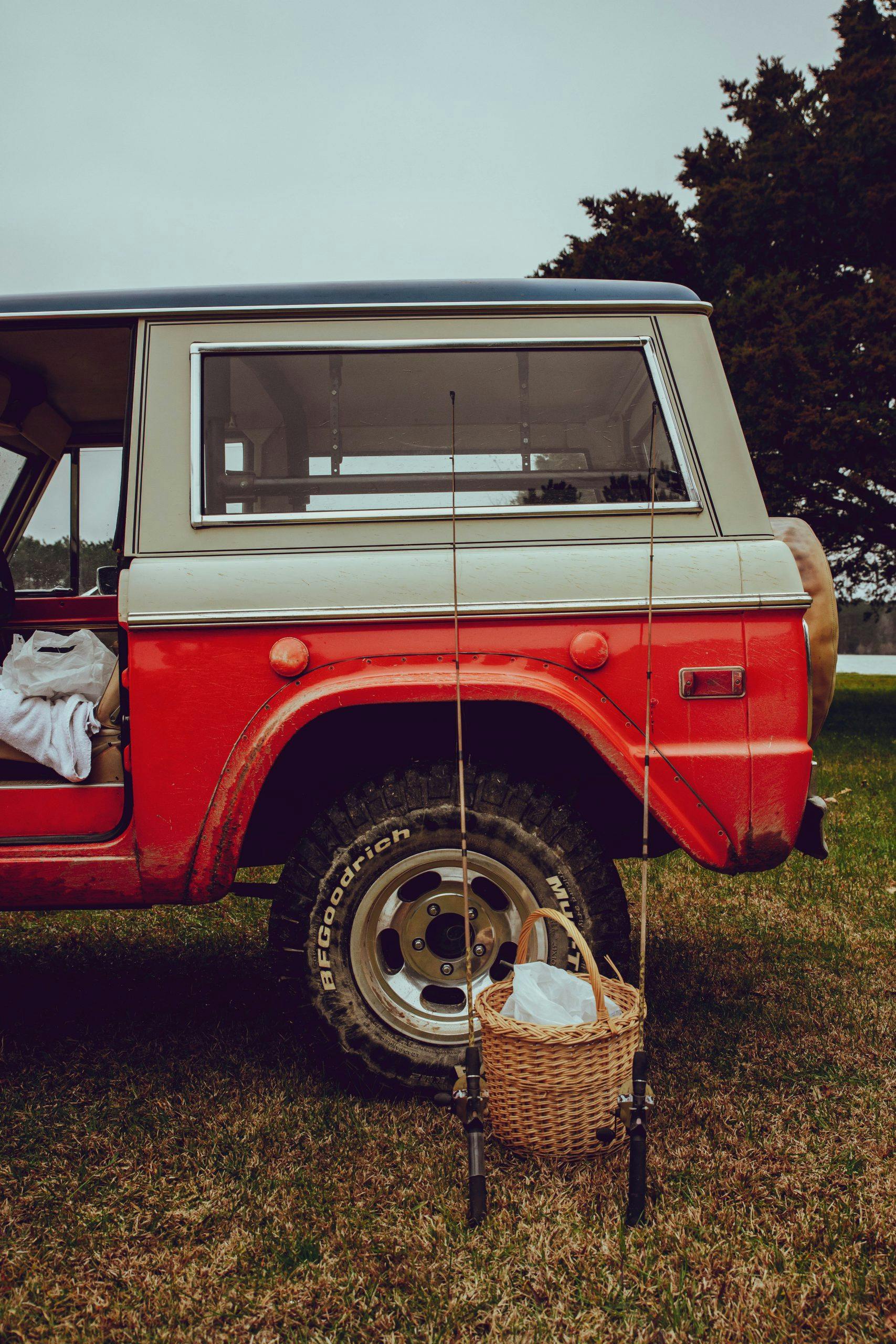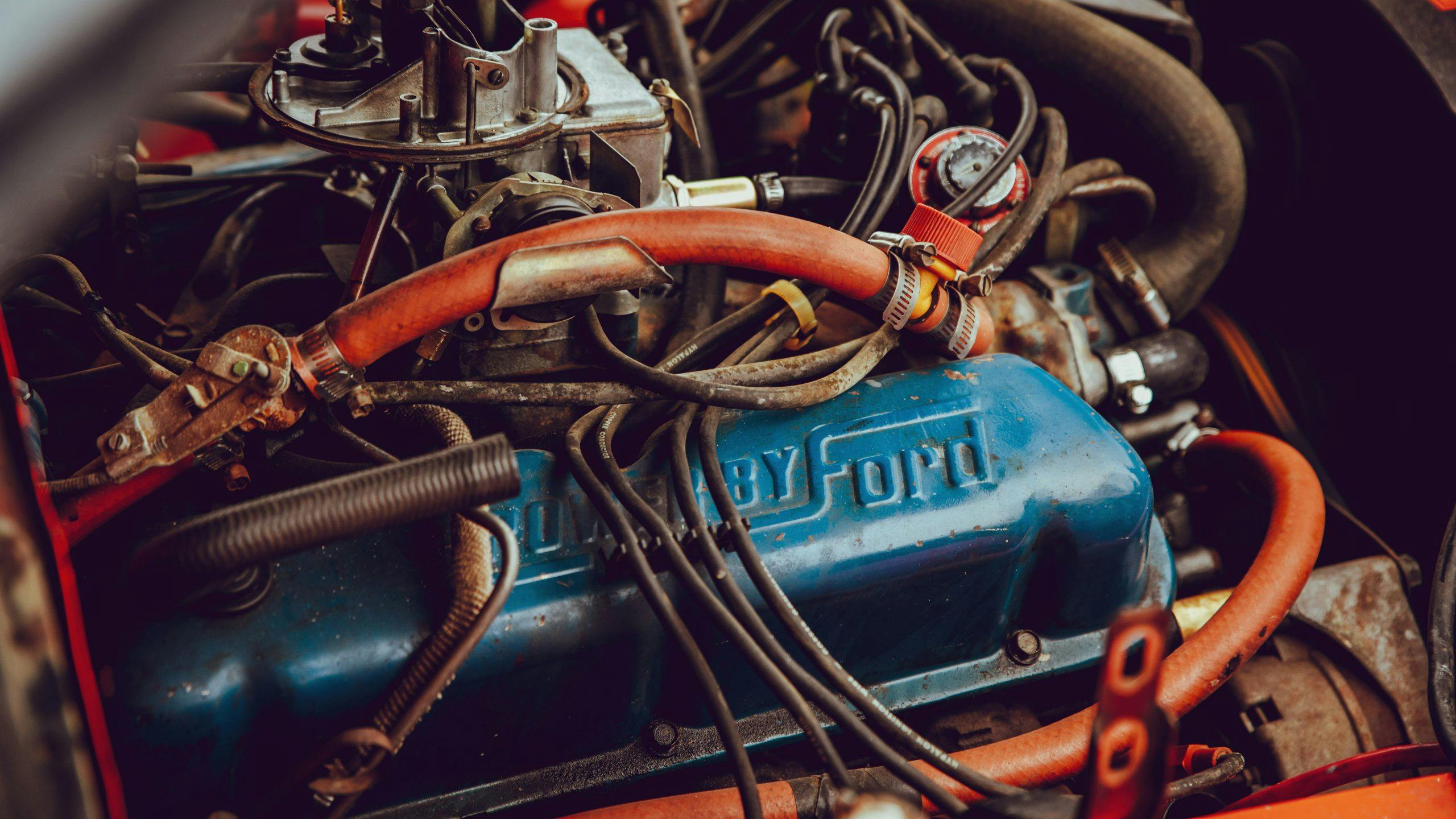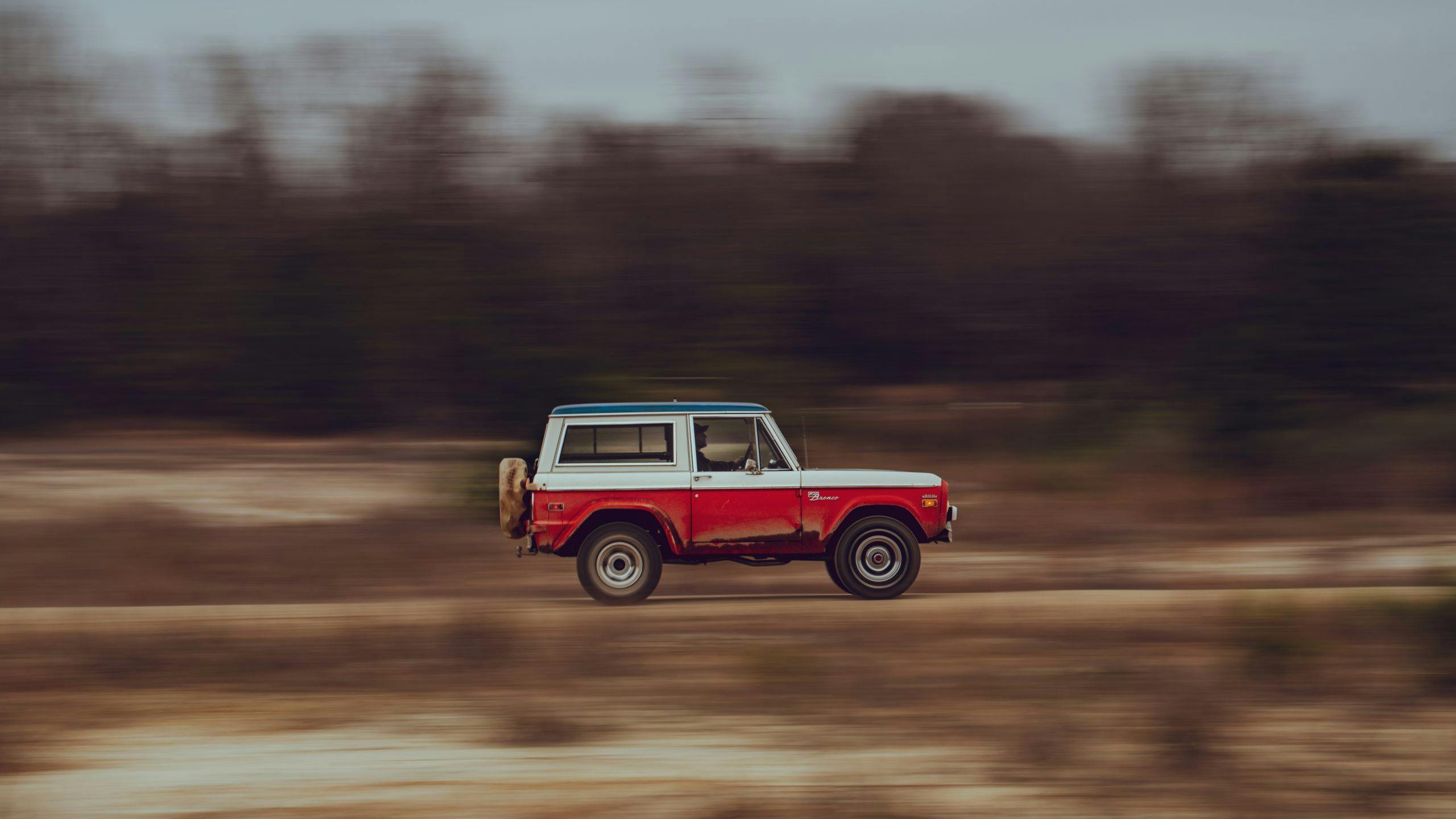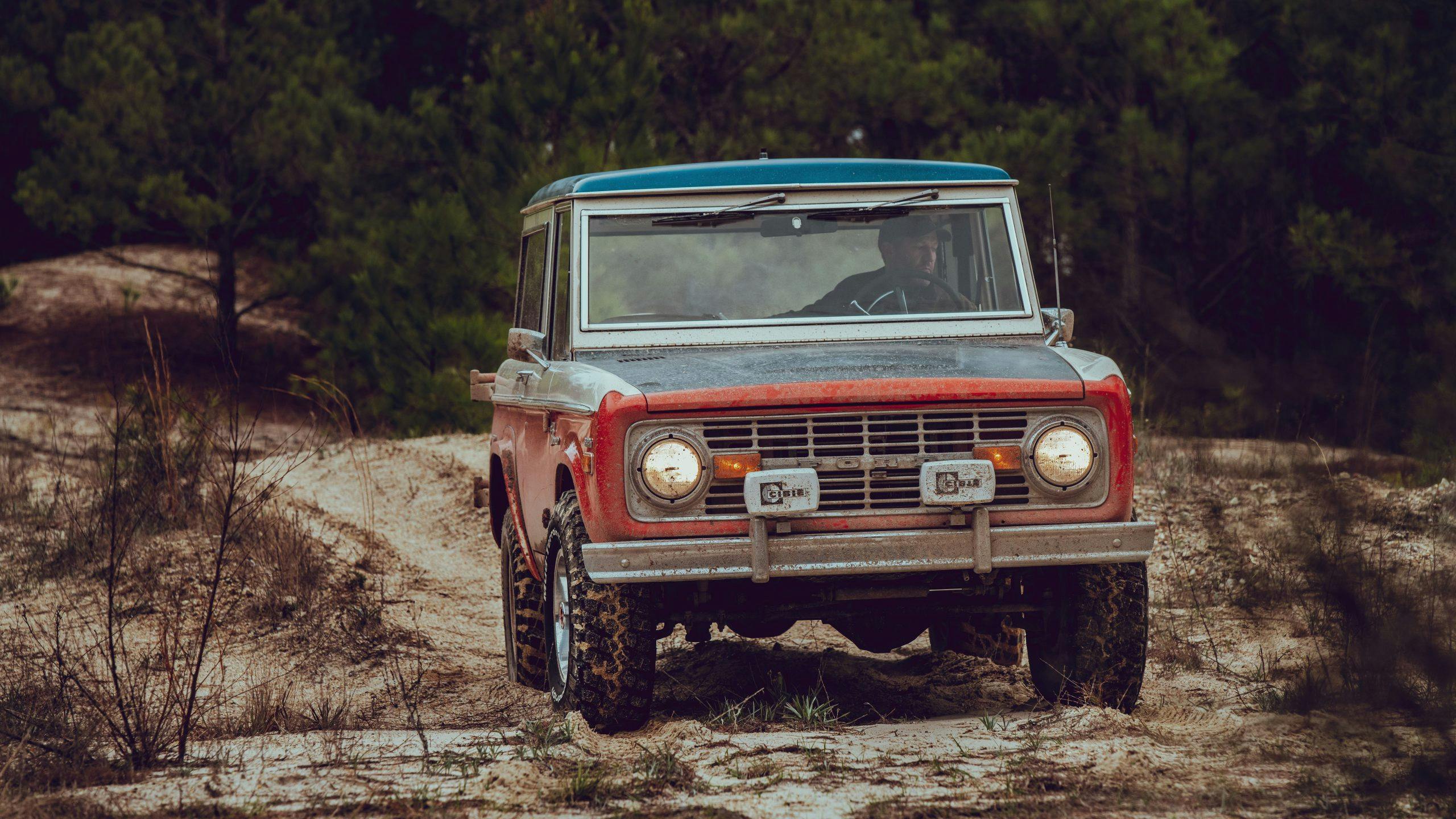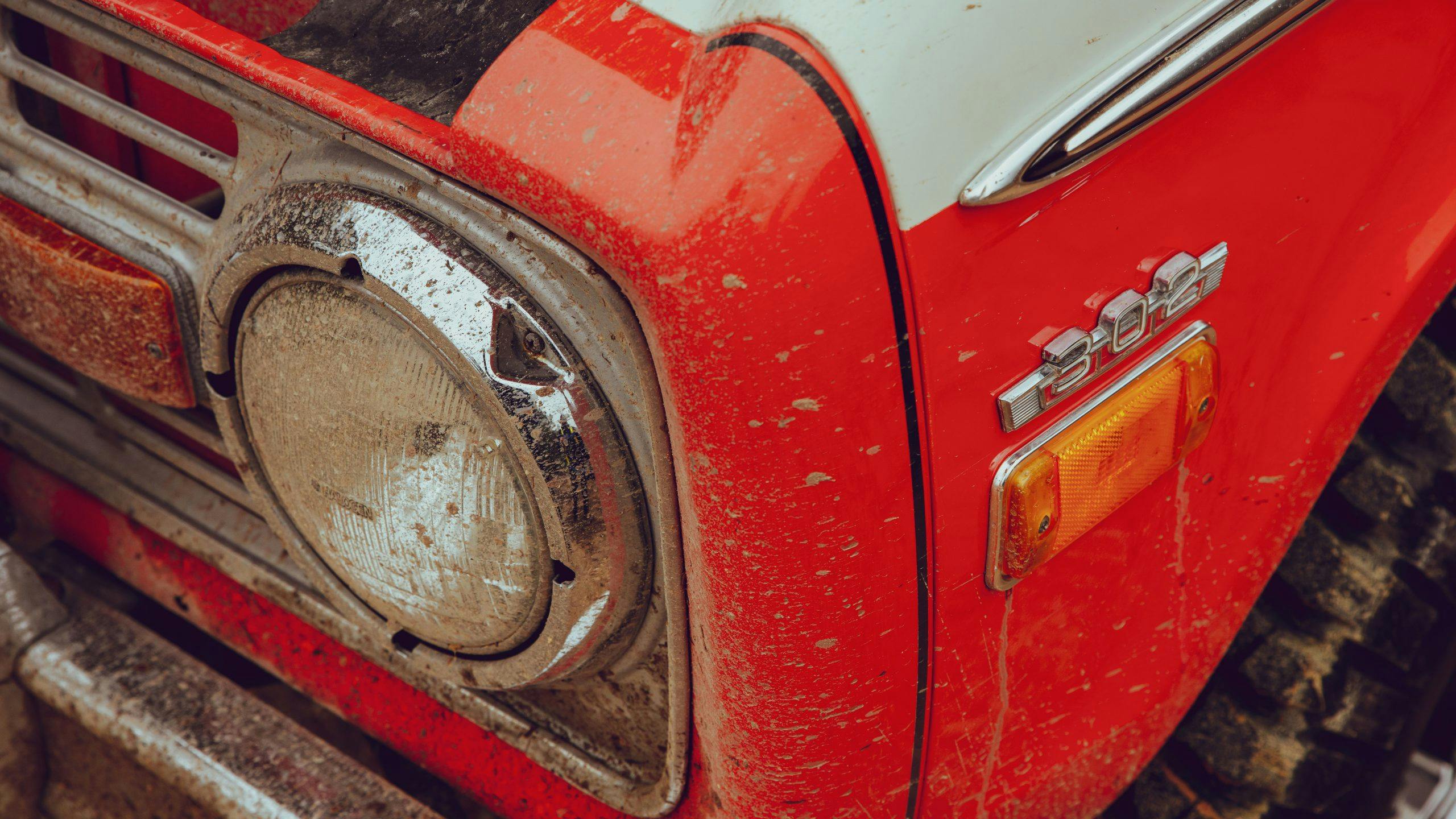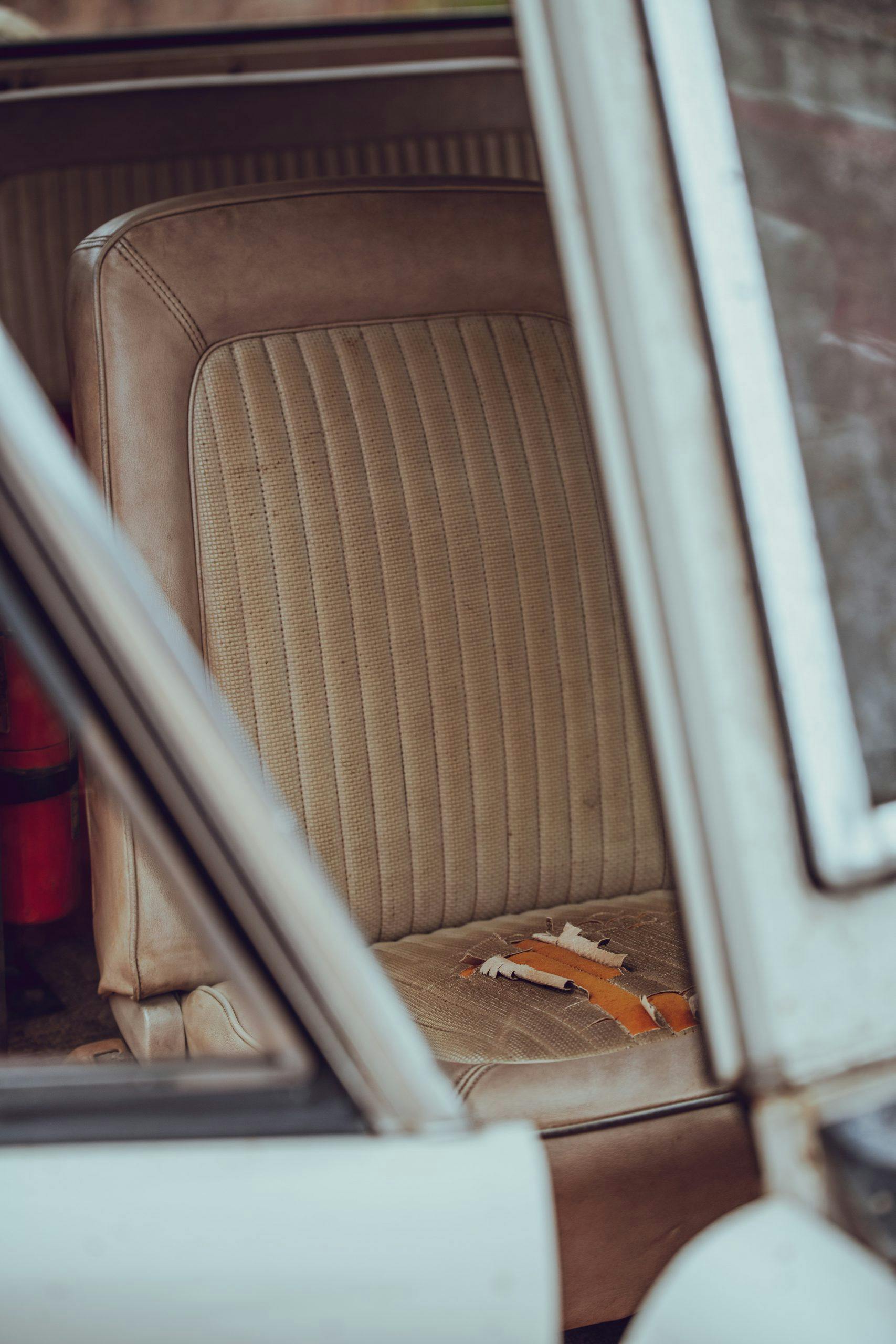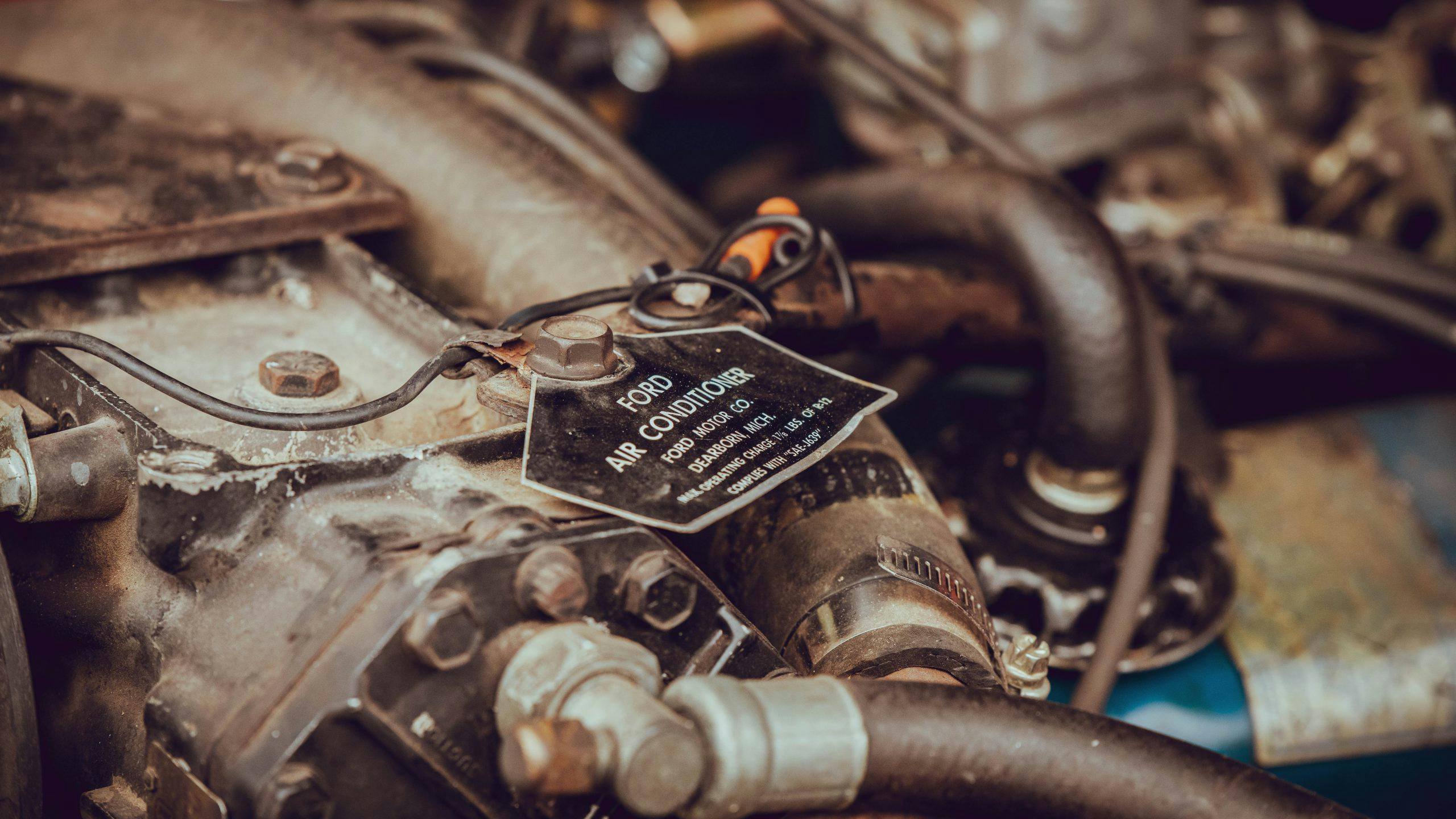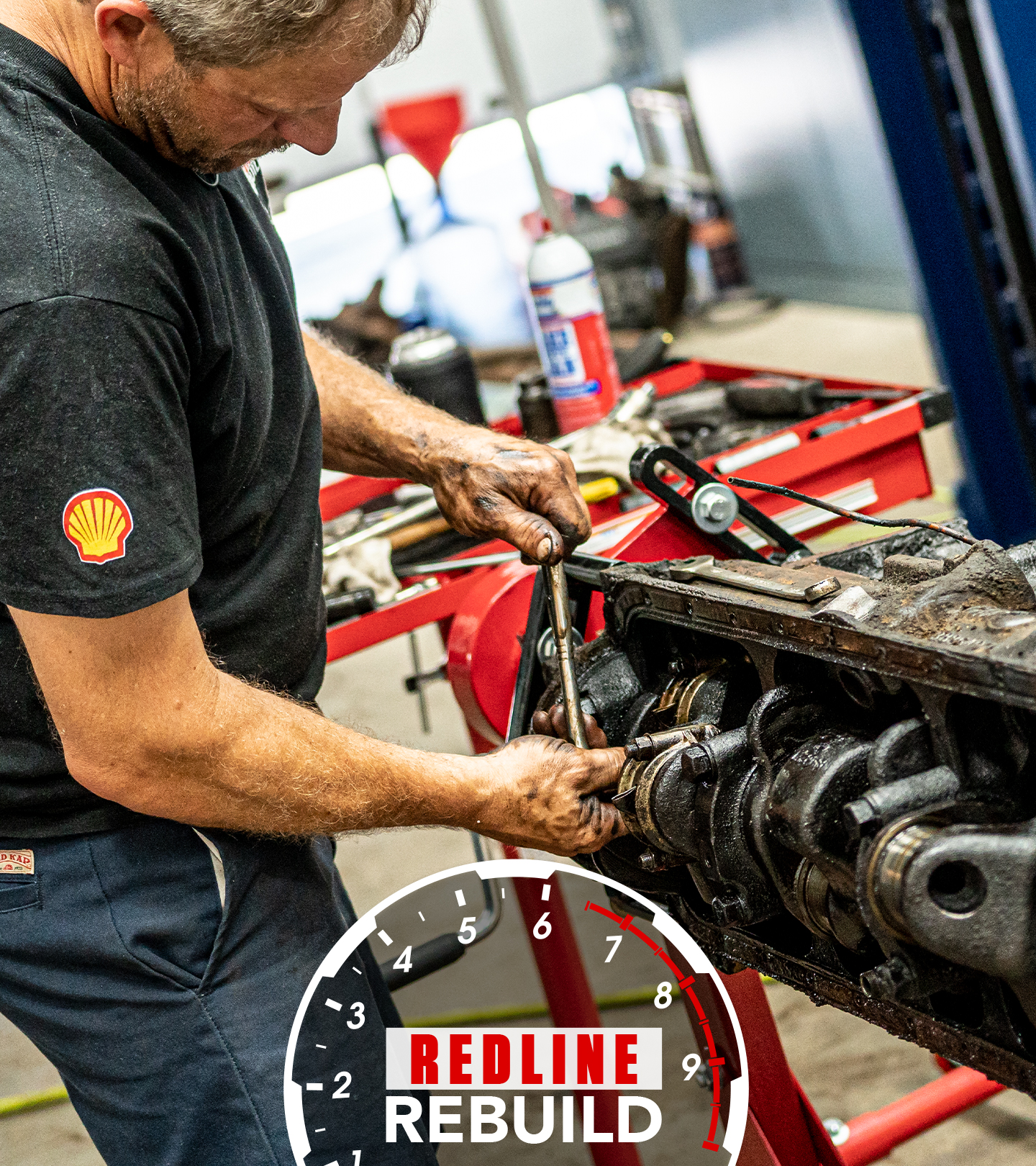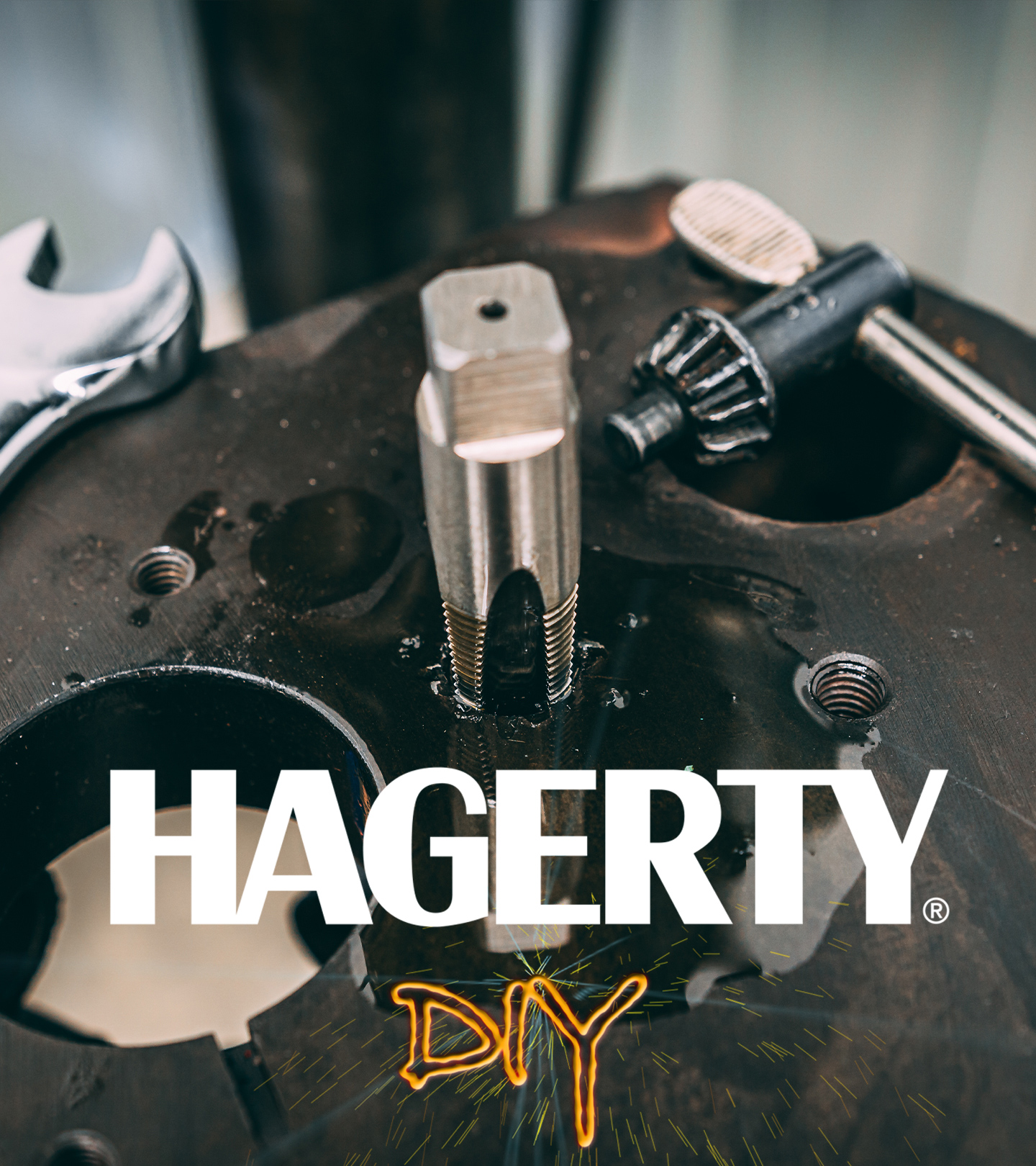This is a modal window.
undefined
Eric's 1971 Stroppe Ford Bronco - Hagerty Media
Cars, much like nature, abhor a vacuum. Word of an empty garage bay at someone’s house has a way of spreading through a local car community. Before long, that small patch of real estate soon houses someone’s project. Someone’s heirloom. Or maybe someone’s secret, hidden from an unsympathetic spouse.
Eric Oberlander experienced this axiom play out in real life, shortly after moving to Baton Rouge, Louisiana, in 2008. Word somehow leaked out into his neighborhood that Oberlander had some garage space that he wasn’t using and, before long, a young neighbor came knocking at his door.
“Any chance I could store my old Bronco project in your garage?” he asked Oberlander.
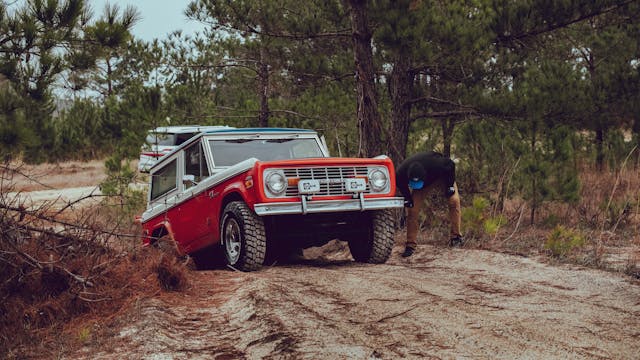
At the time, Oberlander knew next to nothing about early Ford Broncos. Growing up in the Washington, D.C., area with a stepfather who was into air-cooled Volkswagens, Oberlander had spent most of his youth bouncing around in the family’s Thing and scavenging local wrecking yards for old Porsche and VW parts, or even full cars—this being a time when old Porsches were just old cars and not collectible titans. (By the time he went off to college, Oberlander was able to sell the 1971 Porsche 911 T he had cobbled together to help pay for his tuition.)
Amid none of these automotive adventures, however, did Oberlander encounter any first-generation Ford Broncos, so when his neighbor started restoring that old SUV in Oberlander’s garage, he was fascinated. New automotive exploration, right before his eyes.
It was, says Oberlander, the beginning of a “passion, an obsession, and a problem” that has started him down a path to his own collection of twenty early Broncos—many of them among the rarest in existence.

There is, for instance, serial #005, one of the very first 1966 model-year Bronco off the Ford assembly line in August, 1965. Oberlander also owns a U.S. military Bronco that immediately prompts one to ask, “Wait, didn’t the military use Jeeps back in the 1960s?” Well, yes, but for a brief moment, the military’s procurement machine felt that Kaiser Jeep would be more inclined to give the U.S. government a better price on Jeeps if it had to face a little competition. Thus were, at most, 120 military Broncos delivered to Uncle Sam. Jeep ultimately retained their place as the military’s vehicle of choice and these Broncos—which found their way into service around the world, from Panama to Vietnam—lived hard lives that by no means ensured survival.
The crown jewel of Oberlander’s stable is his 1971 s, also known as the “Baja Bronco.” Known for its distinctive orange, blue, and white paint scheme, the Stroppe Broncos were the creation of Bill Stroppe, a California-based off-road racer who made his name at races like the Baja 1000 and who partnered with Ford to build a hot-rodded Bronco, much like Carroll Shelby juiced up Mustangs for the Blue Oval. An estimated 400 Stroppe Broncos were ultimately produced and, short of owning Parnelli Jones’s “Big Oly” Bronco (which recently fetched $1.87 million at a Mecum auction), a Stroppe Bronco is, for many, the pinnacle of Bronco ownership.
Oberlander says his Stroppe Bronco is entirely original, from paint to fender to engine. He bought the truck from the original owner in Boise, Idaho, a man who kept every scrap of paper related to the Bronco and who maintained it with a kind of religious devotion. The result is a survivor that, when he hits the dirt for a day of hunting and fishing with his two young sons, immediately takes Oberlander back to the 1970s.
“I probably baby it a little more than I do my other cars, because it’s so collectible.” says Oberlander, “I’m not going to put it in harm’s way, but I’m definitely not afraid to flog it around and get it covered with mud.”
Oberlander now maintains a side hustle building and restoring old Broncos. Even that, however, doesn’t entirely satisfy his passion for these utilitarian rigs. Eventually, says Oberlander, he’d like to open a Bronco museum to share his passion with others—and to make them aware that these rare models exist.
“Some of these Broncos are so rare that no one has ever even heard of them,” says Oberlander. “And for there to be interest in something, people have to be aware that it exists.” Oberlander’s goal: to help people know that these classics exist.
In the meantime, however, Oberlander is content to pile into his Bronco with his sons on a Saturday morning and light out into the Louisiana woods in search of new adventures.
